T4K3.news
Aid casualties prompt international scrutiny
Casualties at Gaza aid distribution sites spark debates over safety and relief access as international aid drops continue.
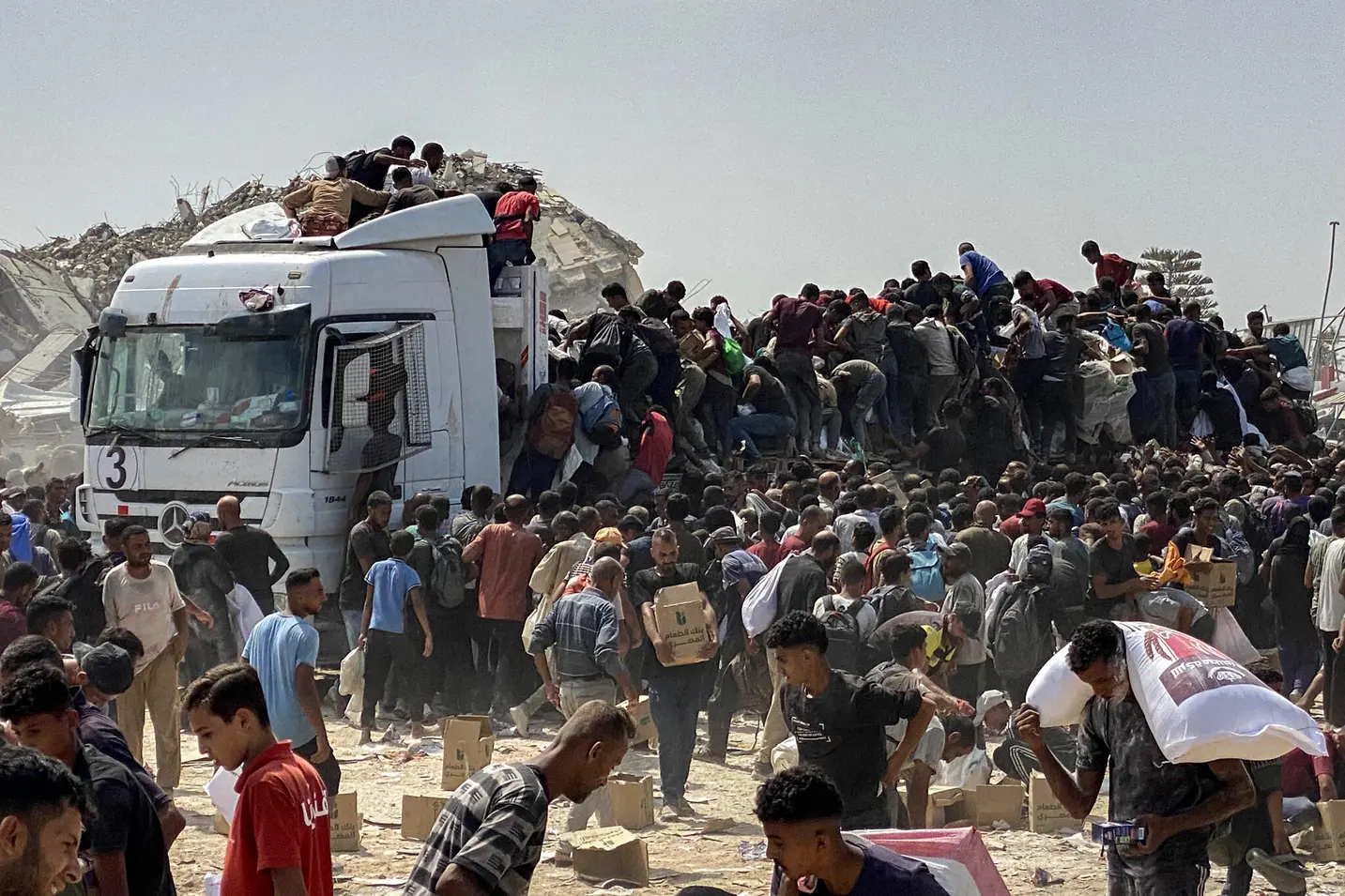
A detailed look at reported casualties at Gaza aid sites and the broader humanitarian effort amid ongoing fighting.
Gaza's Hamas-run authorities claim 37 killed by IDF fire Saturday mostly aid seekers
Gaza’s Hamas-run civil defense agency says that 37 people were killed on Saturday by Israeli fire, including 30 civilians waiting to collect aid. The agency, citing a border-crossing aid point, reported 12 killed and nearly 200 wounded as crowds gathered. Six more people died near central Gaza aid points, with a drone strike near Khan Younis killing at least three others. In Gaza City, two nephews of Hamas leader Khalil al-Hayya were killed by shelling, according to al-Risala. The United Nations says more than 1,300 people have been killed trying to obtain aid since May, a tally contested by Israel, which has acknowledged warning shots but argues the counts are exaggerated. Israel said it air-dropped 106 pallets of aid on Saturday, with flights from the UAE, Jordan, Germany, the Netherlands and for the first time Greece and Italy. Since aid drops resumed on July 26, more than 1,000 aid packages have been delivered by 12 countries. Israel says it aims to minimize civilian deaths and accuses Hamas of using civilians as shields. The tolls remain hard to verify while Gaza’s health ministry says more than 60,000 are killed or presumed dead in the fighting.
Key Takeaways
"Civilians waiting for aid should not become casualties of a conflict"
A stark statement on the human cost at aid distribution sites
"Aid drops cannot replace safe corridors for civilians"
Comment on the limits of aerial relief
"The world is watching a humanitarian crisis unfold at the margins"
Observation of international attention to Gaza relief
"Verification of casualty figures remains contested amid a fog of war"
Notes on data reliability in a conflict zone
The reports underscore how casualty counts become a political tool in a long-running conflict. Different sides frame the events to support their narratives, and independent verification is difficult in a war zone. The focus on aid distribution reveals a fragile humanitarian concept: relief is possible but not enough when civilians face constant danger. The international response, including aerial aid drops, highlights limited channels for relief when land access is blocked or unsafe.
Beyond numbers, the episodes reflect a broader pattern where civilians living near aid sites bear the highest risk, complicating efforts to deliver food and medicine and stoking public pressure for accountability and safer humanitarian corridors.
Highlights
- Civilians waiting for aid should not become casualties of a conflict
- Aid drops cannot replace safe corridors for civilians
- The world is watching a humanitarian crisis unfold at the margins
- Verification of casualty figures remains contested amid a fog of war
Political and humanitarian risk around aid and casualties
The coverage centers on casualties at aid distribution sites and the broader aid effort, a politically sensitive topic with potential backlash and strong public reactions. Discrepancies in numbers between Hamas authorities, the UN, and Israel heighten risk of misinformation and politicization.
Relief depends on safe access and credible reporting as the conflict continues.
Enjoyed this? Let your friends know!
Related News
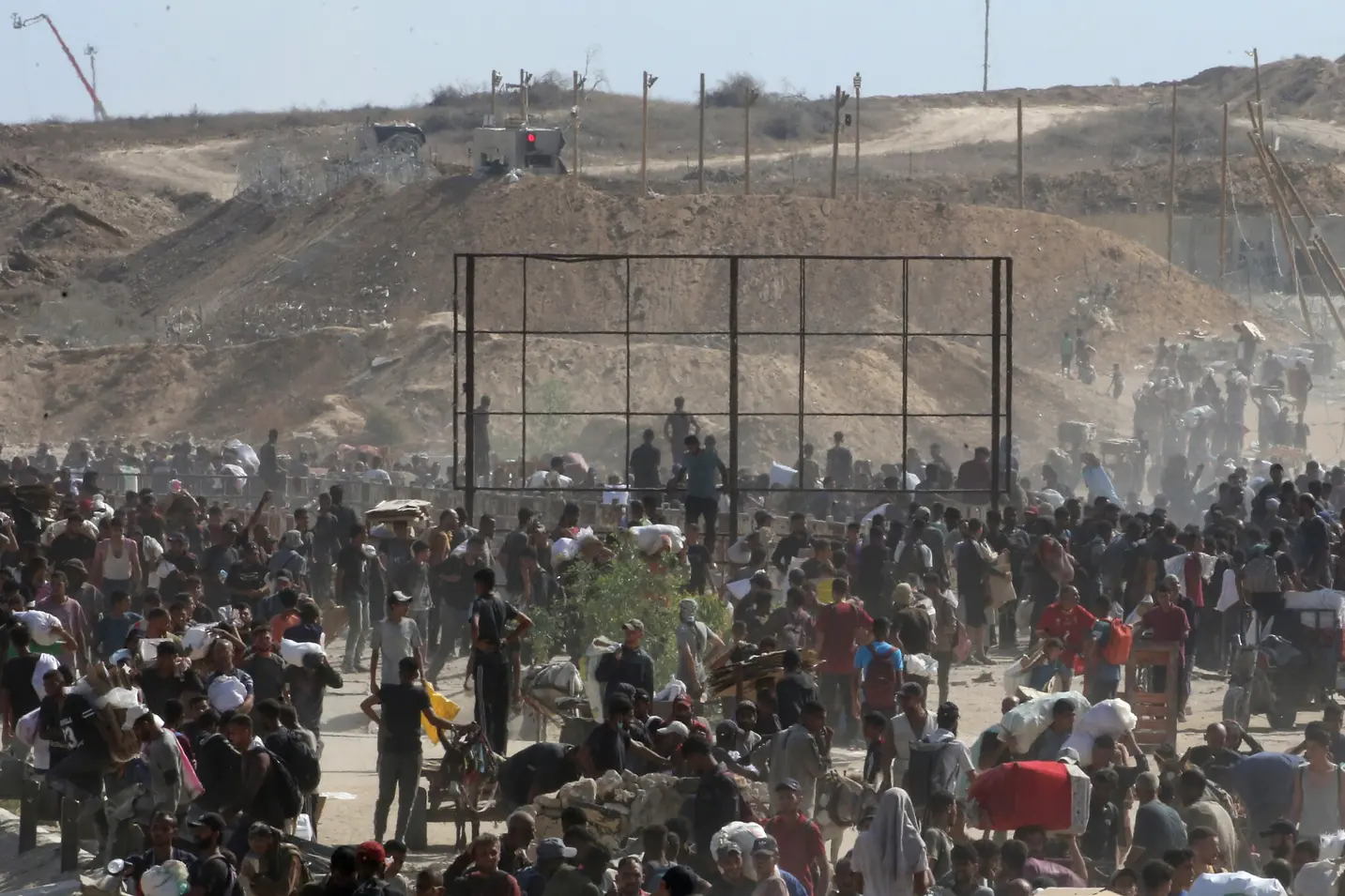
Israel will annex parts of Gaza if no deal is reached with Hamas
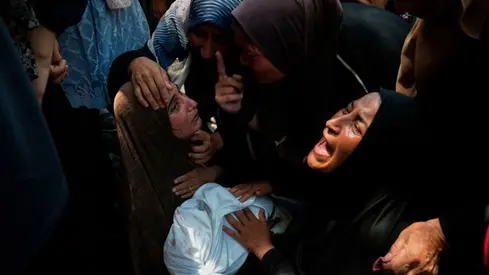
Israeli rights groups accuse Israel of genocide in Gaza

Witkoff and Huckabee assess Gaza humanitarian situation
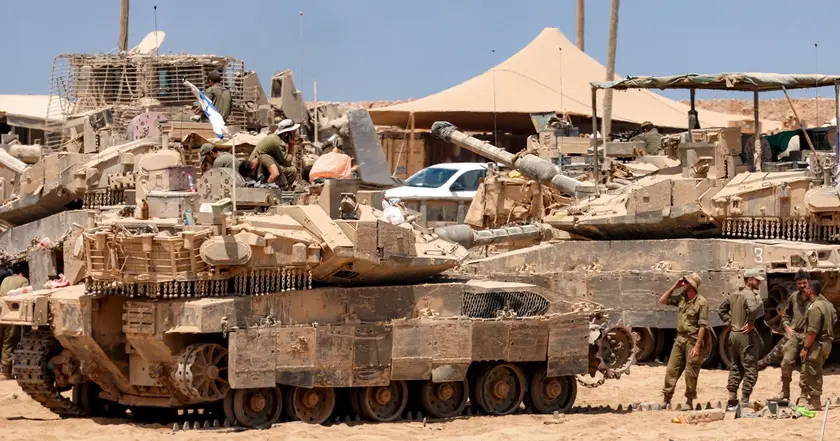
Israel reportedly increases military buildup near Gaza border
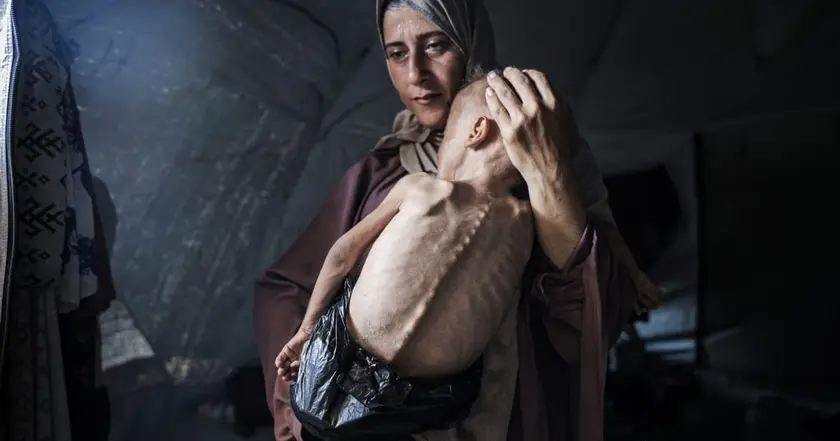
EU leaders call for an end to Gaza aid blockade

Gaza offensive defended by Netanyahu

Israel outlines plan to free Gaza from Hamas

Pope condemns violence in Gaza amid ongoing humanitarian crisis
